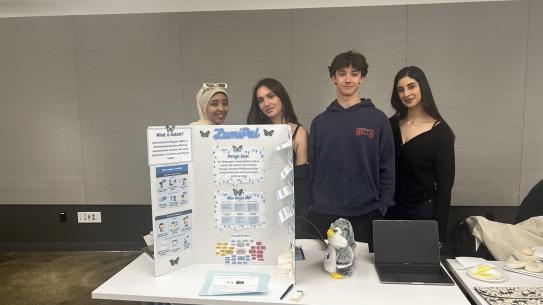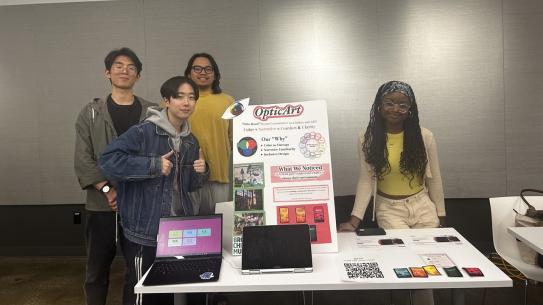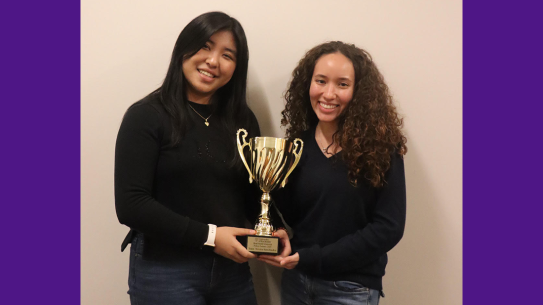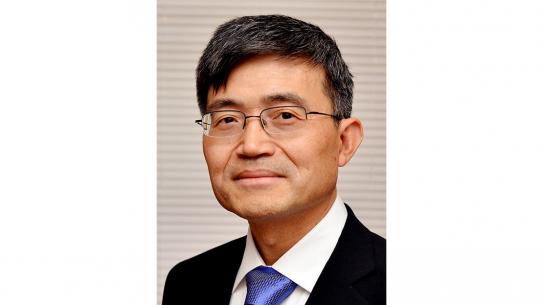A class in technology-enabled innovation and product development results in new neurodivergent-friendly apps, wearables, and toys

When Bertha Jimenez joined the the Department of Technology Management and Innovation as an industry assistant professor in 2024, one of her goals was to demonstrate to students how the intersection of technology and inclusivity can open up possibilities for people of all levels of development, ability and support needs.
This year, the undergraduates in her Innovation Management course, required for everyone earning a bachelor’s degree in Business and Technology Management, did a deep dive into those possibilities, and the results included a game to help build muscle tone in children with Down syndrome, who often exhibit hypotonia and weak ligaments; wearables and apps aimed at improving focus in individuals with attention deficit/hyperactivity disorder; simulations meant to build understanding of sensory disorders; and more.
One team created a huggable stuffed bear they dubbed LumiPal, meant for children on the autism spectrum. LumiPal incorporates embedded biometric and haptic sensors that measure how a child is interacting with the toy and adjust accordingly. (If, for example, a child is stressed, the screen in LumiPal’s stomach will project soothing, slow-moving images.)

Joury Al Hubail, one of LumiPal’s developers, had volunteered with neurodivergent students back in her native Saudi Arabia and was able to call upon her former supervisors for the customer-discovery process. She explains, “We were inspired by a device called the Hug Machine, which is a therapeutic device invented by Temple Grandin for people with autism, who are often calmed by firm, gentle pressure. This is the most creative class I’ve ever taken, and Professor Jimenez has been extremely inspiring, so we hope to keep working on the prototype moving forward.”
Chelsea Patrick, a rising senior who takes part in the highly selective Global Leaders and Scholars in STEM (GLASS) program admits that she and her team started off on the wrong foot. “We knew we wanted to focus on how sensory issues are affected by color, so we started off by reading several articles in scholarly journals,” she says. “We ended up approaching the project from an overly analytic perspective, when we really needed a more personal touch.”
Acting on constructive criticism from Jimenez, the team, which also included Sam Lee, Santiago Riveros, Zekai Chen, and Jay Hee Lee, went to the Brooklyn Children's Museum’s ColorLab, an art space that encourages young visitors to explore how various materials and hues make them feel.

Armed with that experience, they developed a Google Chrome extension that allows users to quickly and easily change the appearance of their screen based upon their moods and needs (pastels for a calming effect or vivid primary tones when an emotional boost would be useful, for example).
Jimenez, who launched her own successful start-up as a Tandon Ph.D. student in 2015, says the class has been a learning experience for her, as well. “This year’s focus on neurodivergence has introduced me to all the other wonderful work going on at Tandon, such as the Ability Project, which is a collaborative initiative with Tisch and Steinhardt dedicated to the intersection between disability and technology,” she says. “With technology providing new opportunities and breaking down barriers for all people, I’m excited to see my students play a part.”




